Bee warned: losing our native bees will really sting. Local entomologists to help BC see Bees
In what sort of accommodation do bees stay while on holiday? A bee and bee, of course.
Common sense may tell us that having more creatures flying around that could potentially sting us might not be a good idea. Lynn Westcott, a Castlegar-based entomologist, disagrees with that. Throughout her career she’s been stressing the importance of maintaining bee populations. Next Wednesday, she’ll be bringing her message to Rossland and teaching residents of the Mountain Kingdoms how we might all “bee” a little more insect friendly–and construct some Bee B&Bs of our own.
Having started out her career working with honey bees at Simon Fraser University, Westcott’s love of all things buzzing began. Working in the area of agriculture, food production and the role pollination plays in that world, Westcott found her niche. Ten years ago, however, she developed a sever allergy to honey-bee venom and her career quickly changed paths. Her more recent focus has been on native species of bees and their conservation.
It may surprise some to learn that the common honey bee is not native to North America. In fact there are over 4,000 species of bees on the continent and “Bee”C alone has over 400 species, making it one of the most diverse areas in the country for bee life. Those native bees in many ways are critical pieces to the overall health of our area’s ecosystem.
That message will be a core component of Westcott’s presentation in the RSS Library on Wednesday March 9th.
Prolific pollinators that they are, not all bee species pollinate all plants. Naturally, over time, certain species have developed interdependent relationships with certain plants. This natural bio-diversity is one critical reason why native bee species should be protected and encouraged. In the East Kootenay, for example, it was discovered that a rare plant, the three spot mariposa lily, is only pollinated by one specific species of bee. If that bee were to be lost, so too would the mariposa.
It’s not just rare types of plants at risk, however: it’s entire ecosystems. As Westcott explained “What can happen is if you start to lose some species of bees that have very close relationships with a small range of plant species, then the plants may drop off. It’s a chicken or egg scenario. Does the bee or the plant go first? They are very important in ecosystems. If you think about bears for example, one of their main food sources to fatten up on in the fall is huckleberries. The main pollinators for huckleberries and blueberries in the wild are bumblebees. If their populations are declining that will be felt all the way up through the eco-system.”
Although specific numbers for local bee populations are not currently available, it is widely suspected that just as in most parts of the world, bee populations are declining. The honey bee and its relationship to industrial-scale agriculture has been a big player in the headlines recently as colonies have collapsed in all corners of the world.
Canada hasn’t seen as sharp a decline as the United States, noted Westcott, but is feeling some effects. Native bee species have also been feeling the pinch.
“Certainly the native bee numbers are in decline. One species in particular, the western bumblebee, was once very common throughout western North America including BC. It was one of the most common types of bees people would see. Their numbers have declined throughout their range really substantially in the last ten years. Bees are having difficulties all throughout their ranges throughout the world and we are seeing it here in Canada as well.”
To help boost native bee populations, Westcott will be leading participants through an exercise in literally how to build a bee B&B in your own yard. The nesting blocks are blocks of wood with a number of holes drilled in them. Each bored hole provides a nesting area for one queen bee. By placing the nesting block in proximity to your garden, the flowers should draw in the bees, who will be more than happy to take up residence next to your natural garden bee buffet.
For those who want to get really teched-out, Westcott will be covering what types of plants and flowers best attract certain types of bees. Don’t worry about having extra bees in your yard. The native species of flying pollinators that’ll be checking out your yard are, for the most part, less likely to sting than traditional honeybees.
“People may be concerned about attracting bees to their yard because they have kids or pets, but native bees are very non-aggressive,” added Westcott.

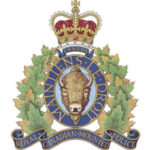


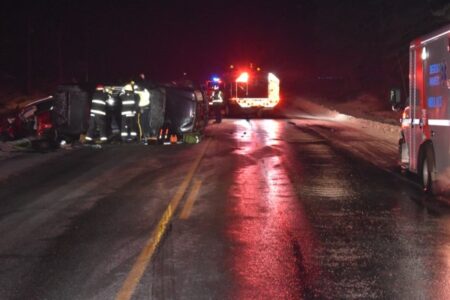
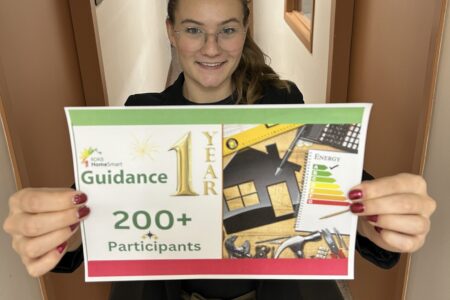
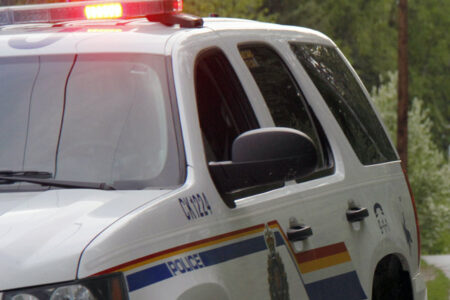


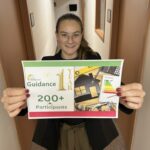











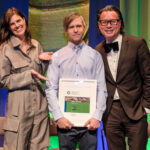
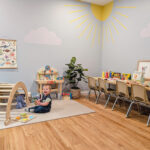
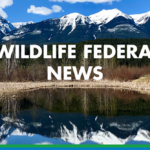
Comments